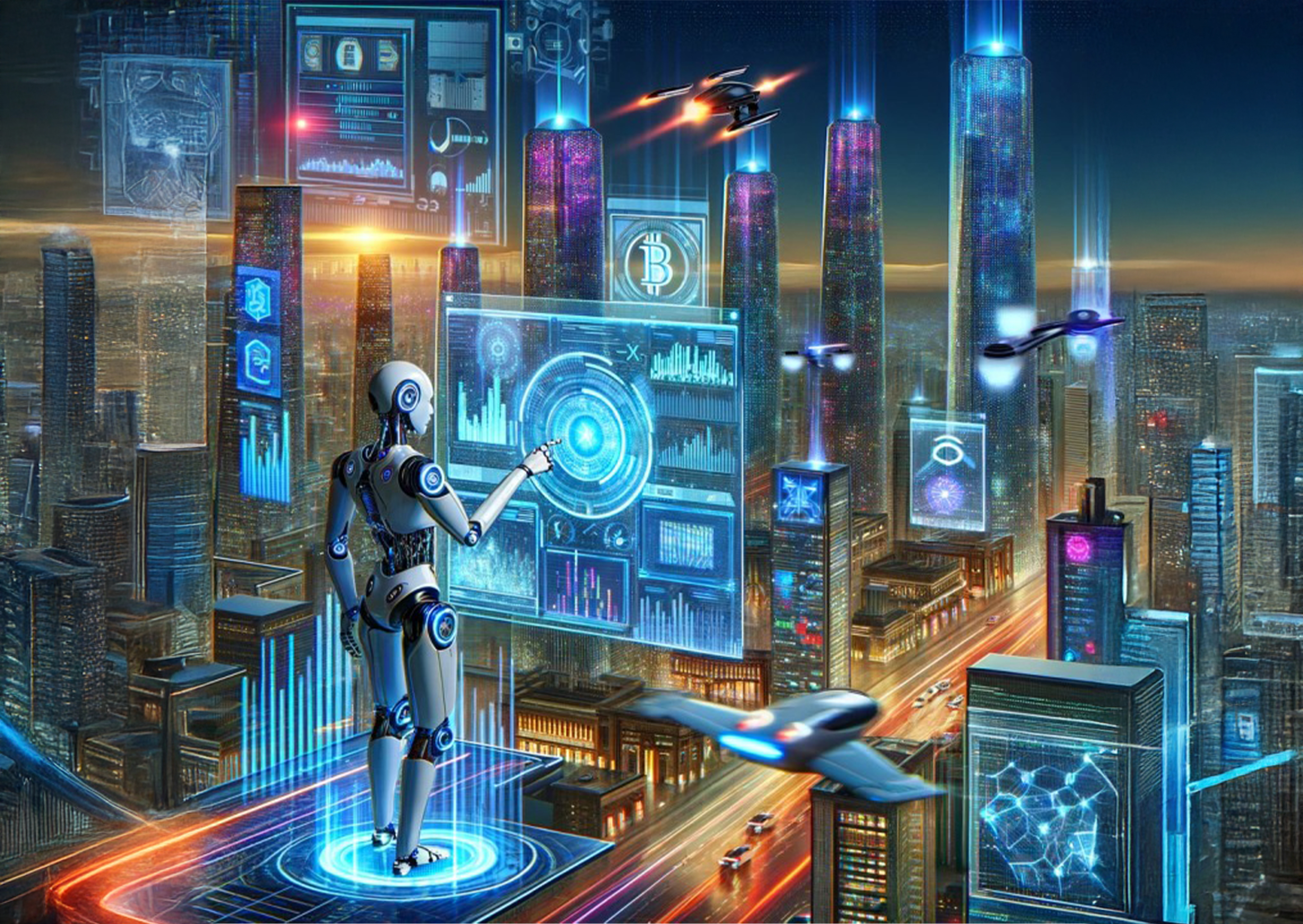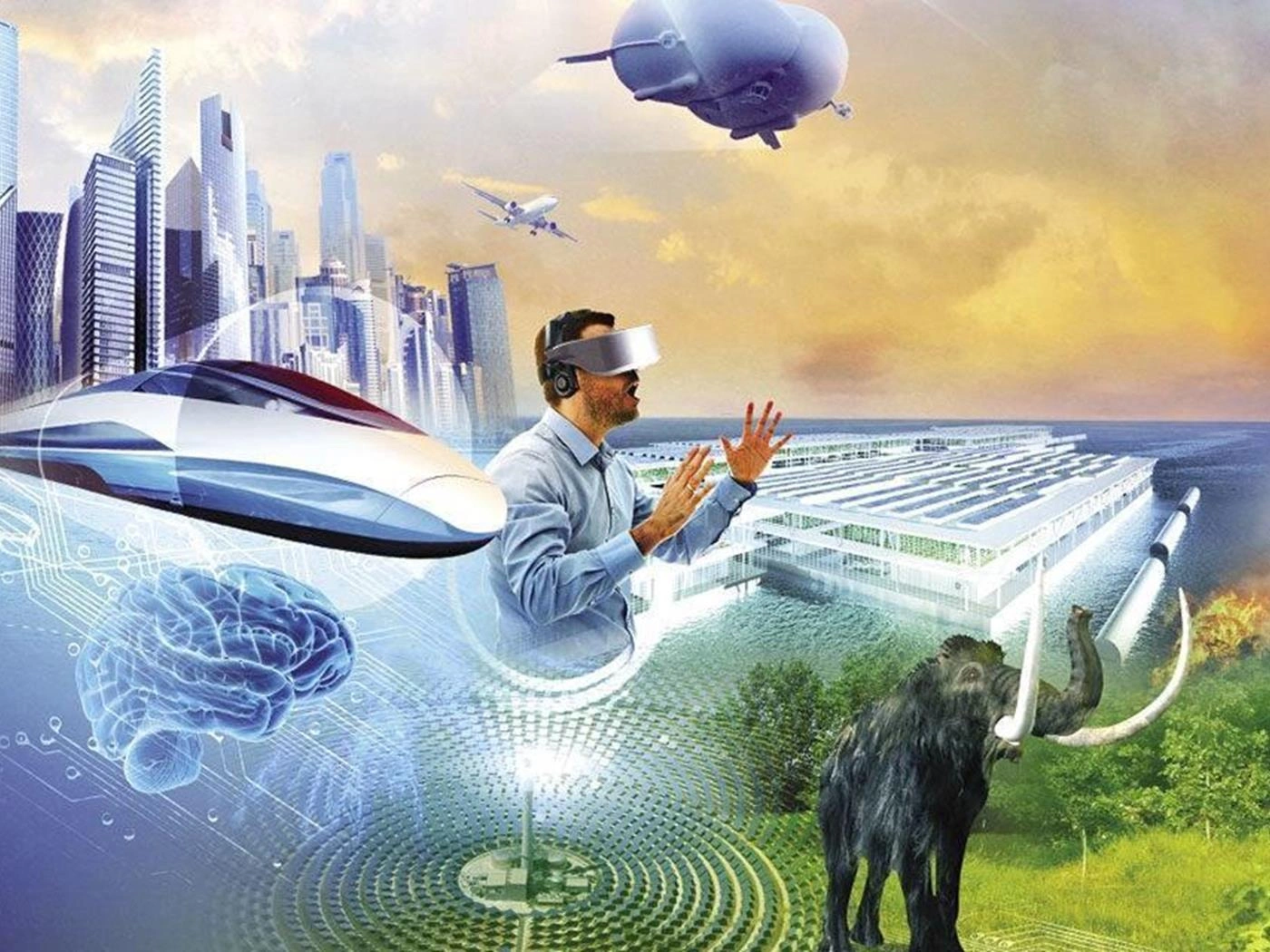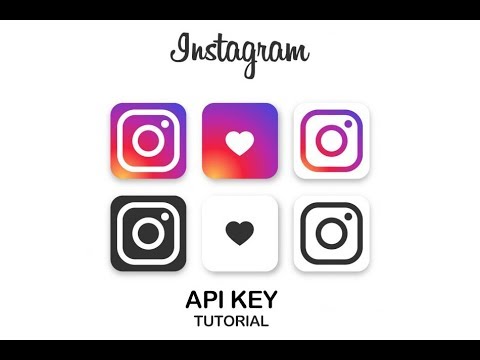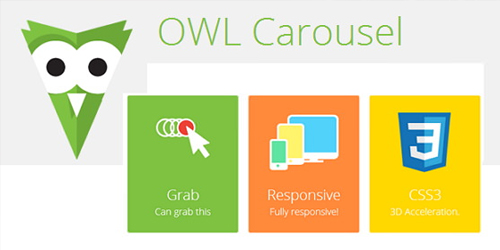Possibility of Emergence of New Languages
As technology develops rapidly, there is a high probability of the emergence of languages that will bring more innovative solutions to new problems. For example, the development of a language that focuses on artificial intelligence ethical issues or the more efficient use of quantum computers The creation of new tools may be on the agenda. In addition, it is possible that languages that support coding approaches that work with a low carbon footprint will become popular.
For example: While Rust stood out in the development of Web3 technology, languages such as Q# and Cirq were developed for quantum computers. In the future, it is certain that hyper-specific languages that focus only on certain industries or problems will emerge Perhaps in the future, we will encounter completely new paradigms that offer more functionality with less code.

Which Programming Language Will Be More Common in Which Sector?
Different programming languages are prominent in different industries, and these dynamics are expected to become even more evident in the future. For example, the proliferation of languages specifically designed for data privacy and security in the healthcare industry or performance in the game development industry In addition, the rise of languages that offer environmentally friendly coding solutions in line with energy efficiency and sustainability requirements is also possible.
Artificial Intelligence and Machine Learning (AI/ML): Python, flexible libraries (TensorFlow, PyTorch. However, Julia will come to the fore.
Example: Thanks to its speed advantage, Julia may become more common in the future in companies and research centers focused on big data processing.
Mobile App Development: Swift (iOS) and Kotlin (Android) are the current leaders in the mobile world. But Flutter's Dart language is cross-platform With its support, it can become a preferred standard for developers.
Blockchain and Crypto: Solidity, Ethereum projects. However, Rust may find more space in blockchain technologies with the advantage of both speed and security.

The Role and Future of Traditional Languages
Although many people debate the interest in new languages, we can say that traditional programming languages are indispensable in some areas.
Java and C++: Even as the years pass, it is estimated that Java will maintain its dominant role in banking and finance software, and C++ in game development and system software. is being done.
Æbedi Software: These traditional languages still manage the infrastructures of today's big companies. The lifespan of these languages may not be as bright as new languages, but their impact will last for many years. etc.

How Will New Paradigms Shape Languages?
New paradigms of the digital world also affect the designs of languages. Machine learning, quantum computing and even human-computer interaction force us to rethink the world of programming.
For example: With the popularization of quantum computers Qiskit may become one of the new standards for software developers in the future. In addition, innovative ideas such as fully visualized coding environments or programming with voice commands are not far away.
Evolution of Code: No-Code and Low-Code Platforms Rise
It is estimated that platforms that do not need to write code or work with minimum code (no-code and low-code) will become more popular in the future. These platforms provide speed and convenience to developers, especially It can reduce the need for software developers in small and medium-sized projects.
Example: Tools like Airtable and Bubble enable even non-coding company employees to produce software solutions. However, this approach still has its place in the development of complex systems. leaving it to traditional programming languages.

The Future of Programming Languages in 2030
So, what will the programming world look like by 2030?
It is certain that flexible and versatile languages such as Python, Rust and JavaScript will continue to exist. However, emerging niche languages are expected to become dominant, especially in certain industries.
Programmers will be able to build more complex systems by writing less code. Automation and artificial intelligence-supported software tools can draw the focus of programmers to creativity.




